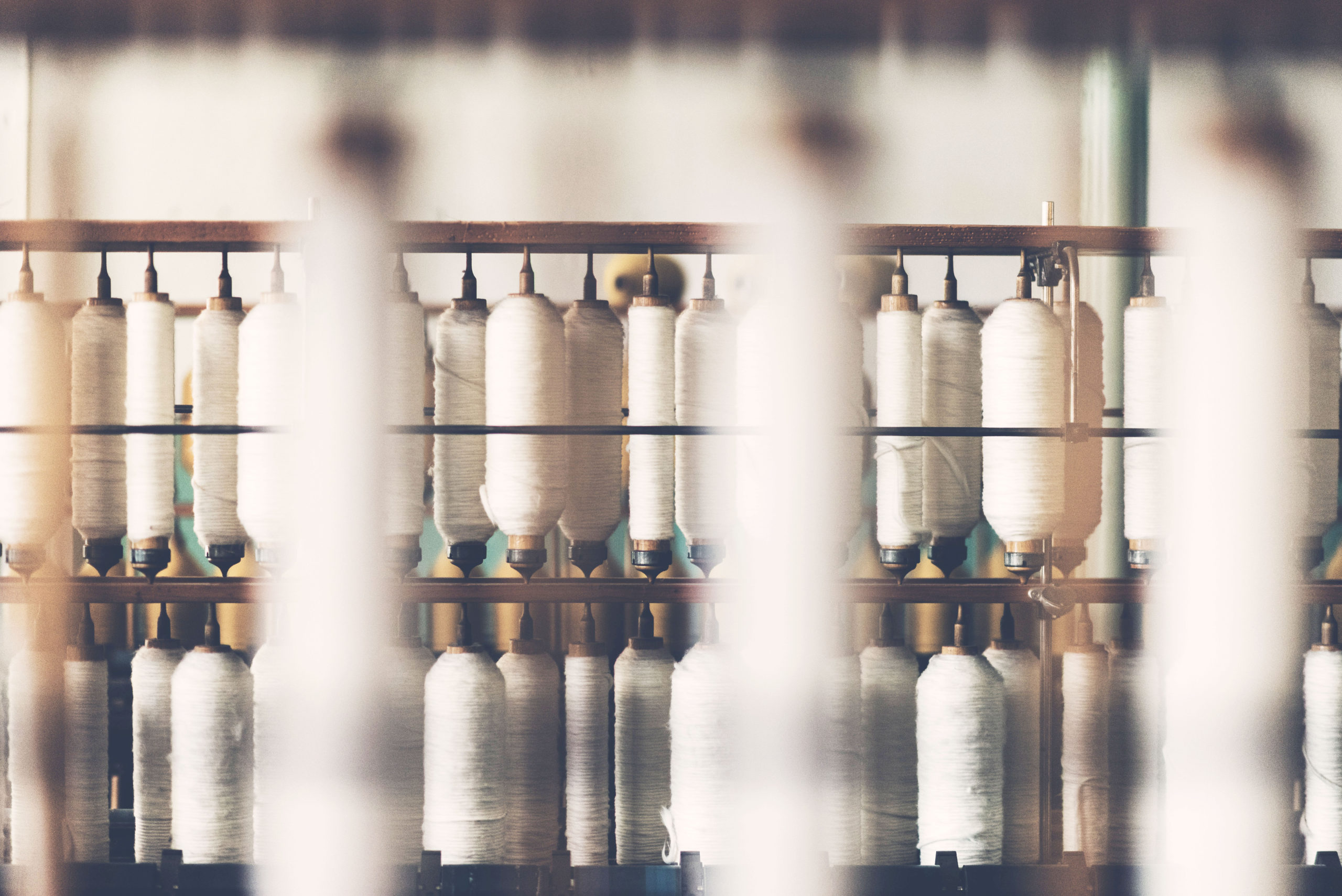Sustainability has gone from being a sales pitch to an essential requirement for companies in the textile sector. Contextual, legislative and social pressures are forcing an imminent paradigm shift in the fashion industry. Now, more than ever, brands must aspire to create value from a social and environmental point of view, as well as an economic one. While business profitability continues to be an imperative to succeed, CEOs of textile companies are increasingly aware of the need to build a purpose-driven brand to ensure business success.
However, how do you find a business balance between profitability and purpose? Between business and sustainability? In an ever-changing environment, is it possible for a company to stay true to its values while scaling a profitable brand from its commitment?
To answer these questions, we must start by defining what a purpose-driven business is.
Conventional companies are considered entities that exist to provide a product or service to society. However, conscious professionals who create purpose-driven businesses seek to be part of something much bigger than themselves, with the goal of creating a positive environmental or social footprint through their business performance. Purpose-built companies prioritize this intention over financial benefits. Which doesn’t mean that they aren’t interested in growth and profits, however not at the cost of sacrificing their values.
Conscious professionals seek to be part of something much bigger than themselves, with the goal of creating a positive environmental or social footprint through their business performance.
We often see multiple fashion firms that are born with the intention of solving a problem that goes beyond the supply of consumer goods. But with time and the challenges of running a business, there is often a shift in priorities. Growth and profits become the main objective, and profit becomes the only driver of business strategy. That’s the moment when income replaces purpose.
But why should a company with limited resources that must work day to day to survive focus on having a goal that goes beyond financial profitability? The strength of a brand and its business performance are interconnected. Working with a purpose increases the strength of the business and helps increase customer loyalty. Brands that are based on a solid commitment, materialized through their products and in the actions they develop, connect better with their public and their workers, becoming brands that inspire, brands that lead.
Brands that are based on a solid commitment connect better with their public and their workers, becoming brands that lead.
If we talk about business, and specifically, if we talk about fashion, what is good at a social and environmental level doesn’t necessarily have to be good for the economic performance of the company. The commercial approach will shift towards the use of cheaper raw materials or the relocation of production with the aim of reducing costs and increasing margins. The sustainable approach will seek to improve investment in materials and promote worker well-being, among many other issues. Two sides of the same coin to master in balance to achieve a profitable, purpose-driven fashion brand:
- Define what the purpose of your brand is. Assess what is the intention beyond the economic benefit that moves you to create a business, the reason for your brand to exist. The statement of purpose must be extensive and flexible so that the product offered and the processes developed can be adapted as the business evolves, but nevertheless allows the fundamentals of the purpose to be kept unchanged.
The commercial purpose of a fashion brand may be the sale of sportswear, however, its purpose may be based on the desire to eliminate the waste that ends up in the seas and oceans.
- Guarantee the economic viability of your purpose. A business is not a business if there is no possibility of taking it forward financially. The purpose must make sense at the business level. Scalability and growth may vary depending on business management, however, the only essential requirement to start any business has to be its economic viability.
Continuing with the previous example, our sportswear brand will have to work on an economic approach that supports the financing of the resources necessary to extract this waste from the seas and oceans.
- Act with purpose at any level. Whoever leads a brand driven by purpose places it as the driver of the brand strategy. The core business intention influences all aspects of the brand, from organizational structure, product development, to interactions with customers. Purpose is in the brand’s DNA and guides all decision making.
Would it make sense for our sportswear brand to work with toxic dyes spilled into the sea to lower its production costs?
- Grow mindfully. A brand with purpose does not have a growth limit, however, it must never sacrifice its purpose for financial benefits. Profits and positive performance will be considered not only income, but also the impact that the company has managed to achieve in the area related to its purpose. In the same way, losses will also be defined by the lack of achievement of its environmental and social objectives. Once again, finding the balance between purpose and profitability is what will ensure conscious brand growth.
Going back to the example, if our sportswear brand wants to scale its waste collection, it should look for suppliers who can do so while respecting its values. No ocean liners that pollute the waters while they operate.
At BCOME we firmly believe that purpose and profitability are two closely connected concepts in the fashion industry. Our B Corp certification guarantees our commitment to the community, the environment and, of course, our clients. We want to share our learning with you and help you, too, achieve a balance between your purpose and the profitability of your brand. For this, we are in full development of our LCC (Life Cycle Costing) calculation methodology, an analysis of all the costs that can be assigned to your product from its conception to the end of its useful life. A solution created exclusively for the fashion industry that we will present during 2022. Do you dare to join this challenge?








